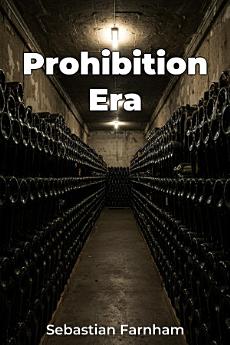Prohibition Era
About this ebook
The book examines the political factors that eventually led to the 21st Amendment, repealing prohibition. It systematically analyzes the era, beginning with the origins of the temperance movement and progressing through the surge in lawlessness and the economic impact, providing a balanced approach by acknowledging the movement's initial intentions while critically assessing the policy's ultimate failures. The analysis is supported by diverse sources, including government documents and statistical data, to offer a comprehensive understanding.
Ultimately, the book underscores the importance of considering potential negative outcomes when implementing sweeping social reforms. By understanding the political and social factors that shaped this unique period in American history, readers can draw valuable lessons applicable to contemporary debates about government regulation and individual liberties.







